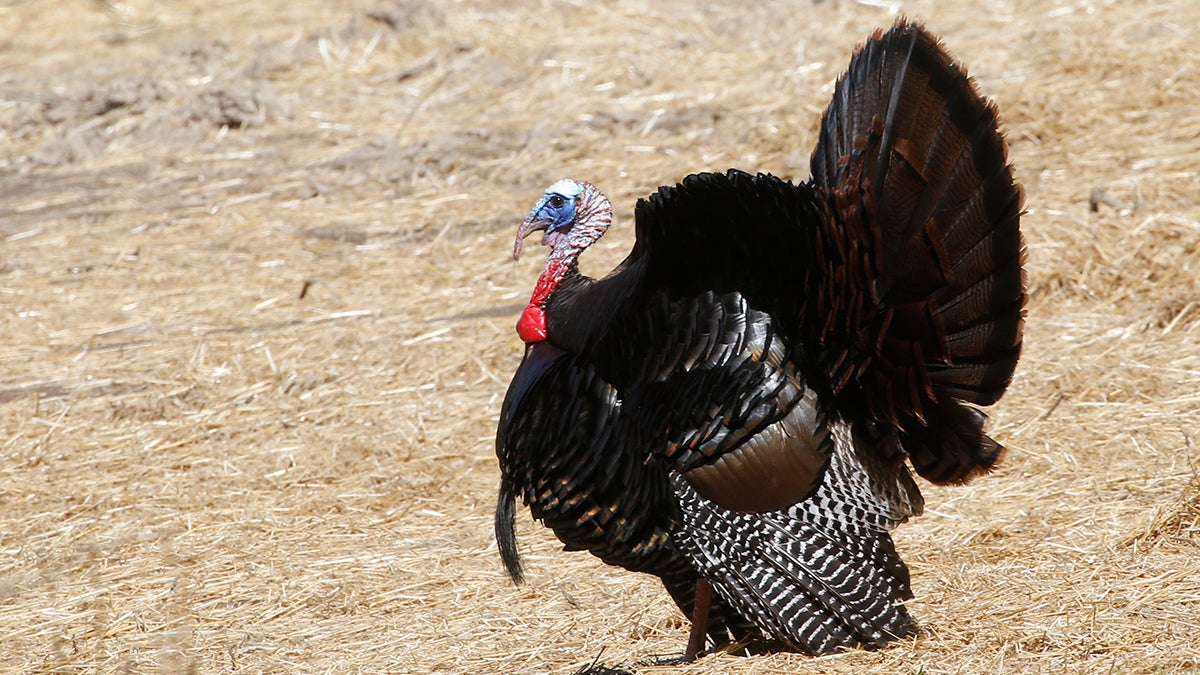Wild turkeys: The remarkable comeback of an American original

A wild turkey seeks out a hen in Zelienople
Pennsylvania is a top producer of turkeys, but the real story is out in the woods.
Turkey is easily the most recognizable character in the Thanksgiving line-up, though perhaps the least appreciated. Its presence is assumed, rendering the bird a perfunctory anchor, a mere foundation for more exciting dishes.
“Of course, we’ll have turkey,” people say, before bustling on “but this year…”
Ralph Martone is president of the Pennsylvania state chapter of the National Wild Turkey Federation. He gets it; those Butterball birds can’t hold a candle to the real thing.
“There’s very few things that match seeing a gobbler in full strut, in the natural environment, with the sun hitting it. The iridescent feathers just glowing. The wild turkey is a majestic bird.”
Benjamin Franklin thought so, too. Though he never went so far as to suggest it should be our national bird, he didn’t hide his preference for the turkey over the eagle:
For the truth the Turkey is in comparison a much more respectable bird, and withal a true original native of America … He is besides, though a little vain & silly, a bird of courage…
But by the turn of the 20th century, the turkey was in a tight spot.
“Turkey populations across the whole Northeast were pretty much depleted and most turkey populations were extirpated because of unregulated harvest,” said Mary Jo Casalena, the Pennsylvania Game Commission’s wild turkey biologist.
Consumer demand for the turkey was high, but loss of habitat also threatened their existence.
Turkeys roost in trees, so the state’s booming lumber industry made it difficult to find a home, as did the transition of forest to farmland. Just 3,000 birds were left in the state when the Game Commission began to limit hunting, and restore habitat in the 1930’s.
But the species isn’t freeloading.
“Let’s face it, that wild turkey is out there working for a living,” said Martone.
With so many predators keen to tuck into the species, a turkey’s day job is cheating death. It’s hard work, but the fees hunters pay to pursue it actually help preserve the bird’s habitat. Much of the state’s conservation work on public land is conducted by two wildlife agencies, the Game Commission and the Fish and Boat Commission. Both are sustained almost entirely by revenue generated from license fees and federal taxes on hunters.
Today more than 300,000 turkeys roam Pennsylvania. Which for the turkey is good, and bad: it means there’s enough density to allow a special three-day hunting period in observance of Thanksgiving.
WHYY is your source for fact-based, in-depth journalism and information. As a nonprofit organization, we rely on financial support from readers like you. Please give today.


